Report this entry
More from the same community-collection
Motorcycle Madness Exhibit at the El Paso Museum of History.
Various sales pamphlets and toys. August 2012, designed by Tim ...
Motorcycle Madness Exhibit at the El Paso Museum of History.
Various sales pamphlets and toys. August 2012, designed by Tim ...
Motorcycle Madness Exhibit at the El Paso Museum of History.
Various pamphlets - rider's handbooks and repair manuals - BSA, ...
Motorcycle Madness Exhibit at the El Paso Museum of History.
Various manuals, Triumph owner's manual, BSA instruction manual, ...
Motorcycle Madness Exhibit at the El Paso Museum of History.
Rare Buzzzz Motorcycle Magazines, Indian Motorcycle News, and a ...
Motorcycle Madness Exhibit at the El Paso Museum of History.
Motorcyclist magazine, a 1933 version of The Motorcyclist - the ...
Motorcycle Madness Exhibit at the El Paso Museum of History.
Hand painted Live to Ride - Ride to Live mural. August 2012, ...
Motorcycle Madness Exhibit at the El Paso Museum of History.
Hand made drag bike. August 2012, designed by Tim Hanlon. All of ...
Motorcycle Madness Exhibit at the El Paso Museum of History.
Rare Evel Knieve poster. lAugust 2012, designed by Tim Hanlon. ...
Motorcycle Madness Exhibit at the El Paso Museum of History.
Various rare bikes - Honda, Ducati, BSA, Maico. August 2012, ...
Motorcycle Madness Exhibit at the El Paso Museum of History.
Group shot. Triumph, Ducati, Suzuki, Yamaha bikes and others. ...
Motorcycle Madness Exhibit at the El Paso Museum of History.
Various trail bikes. Honda, Maico, Can-Am and others. August ...
Motorcycle Madness Exhibit at the El Paso Museum of History.
Suzuki, Bultaco, Harley and others in this off-road collection. ...
Motorcycle Madness Exhibit at the El Paso Museum of History.
Harley and Carabela off-road bikes among others. August 2012, ...
Motorcycle Madness Exhibit at the El Paso Museum of History.
Choppers from El Paso, TX. August 2012, designed by Tim Hanlon. ...
Motorcycle Madness Exhibit at the El Paso Museum of History.
Choppers. August 2012, designed by Tim Hanlon. All of the bikes ...
Motorcycle Madness Exhibit at the El Paso Museum of History.
Choppers. August 2012, designed by Tim Hanlon. All of the bikes ...
Motorcycle Madness Exhibit at the El Paso Museum of History.
Motorcycle model collection. August 2012, designed by Tim ...
Motorcycle Madness Exhibit at the El Paso Museum of History.
Cycle Magazine, a model trike and others. August 2012, designed ...
Motorcycle Madness Exhibit at the El Paso Museum of History.
Mini-bike collection. August 2012, designed by Tim Hanlon. All ...
Motorcycle Madness Exhibit at the El Paso Museum of History.
Mini-bike plus a few photos. August 2012, designed by Tim ...
Motorcycle Madness Exhibit at the El Paso Museum of History.
A Rim Twissters Motorcycle Club uniform. August 2012, designed ...
Motorcycle Madness Exhibit at the El Paso Museum of History.
The Little Rascals or some children's movie like that.August ...





















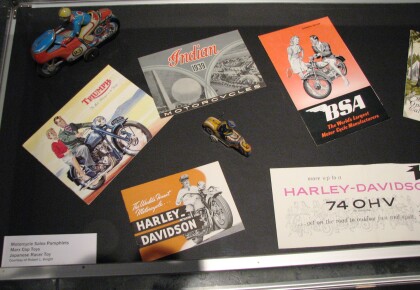
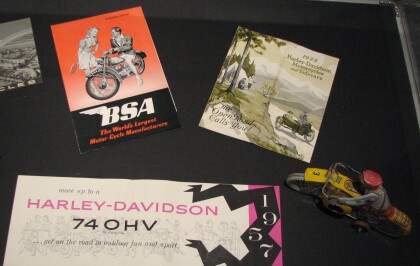
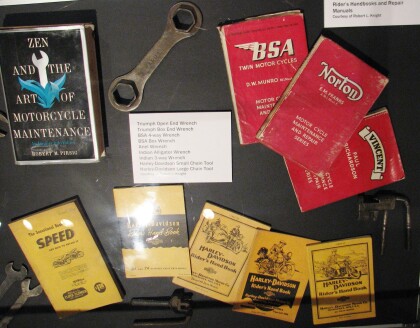
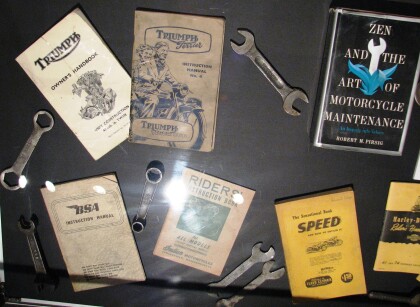
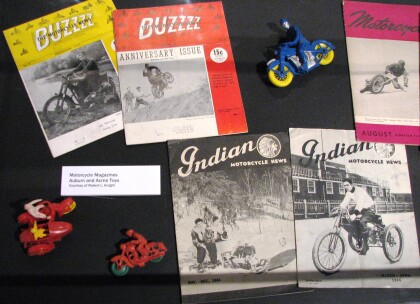
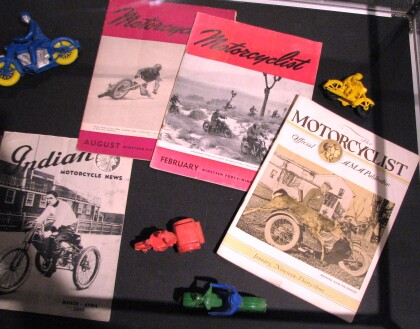
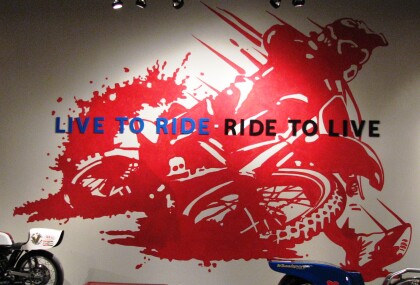

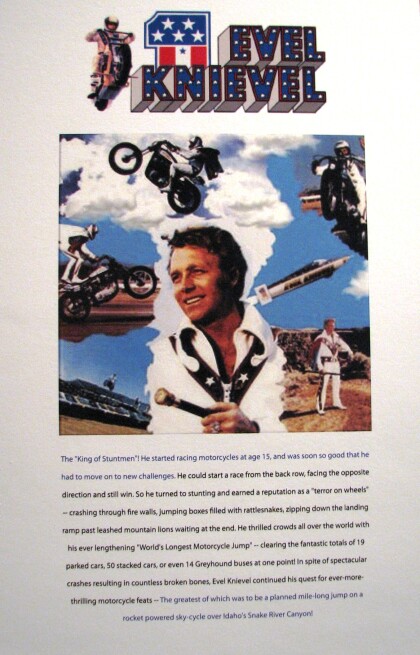
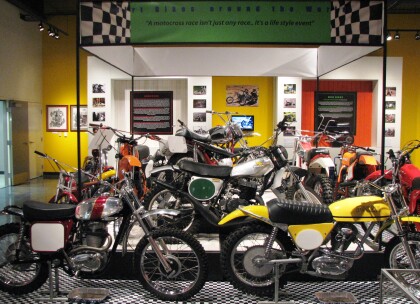
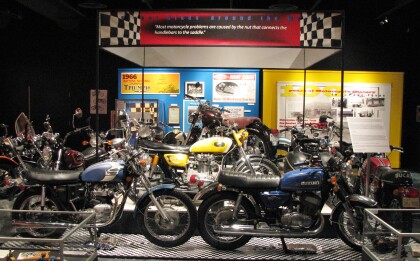
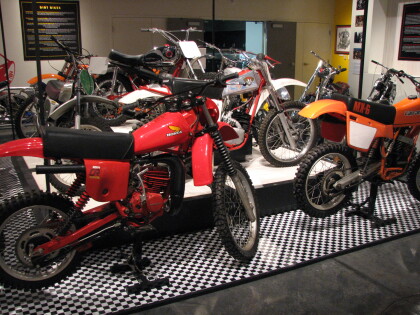
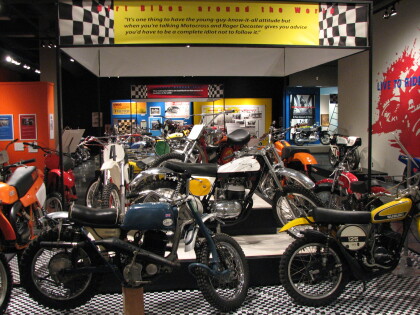
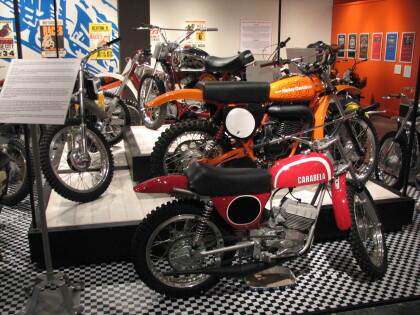
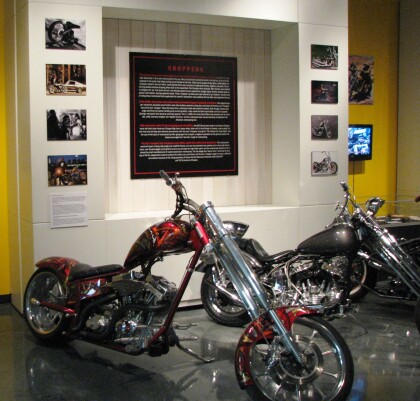

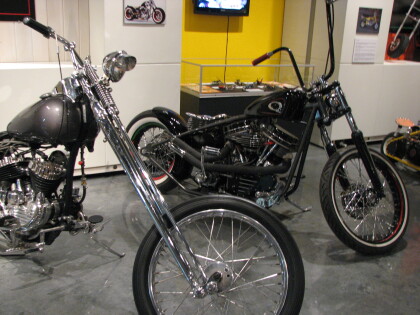
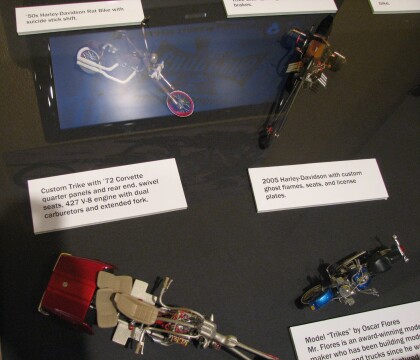
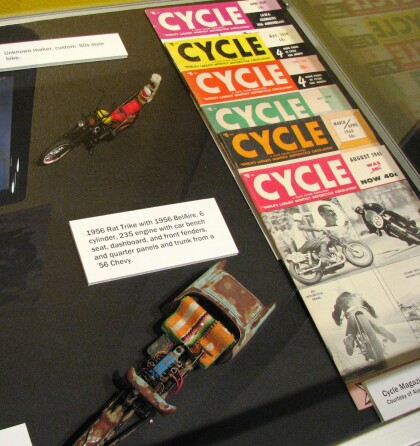
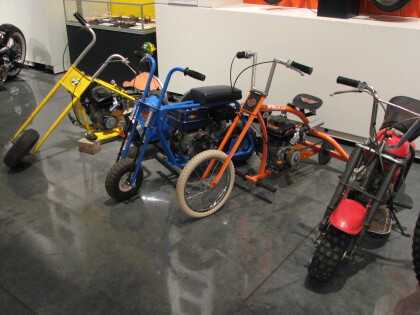
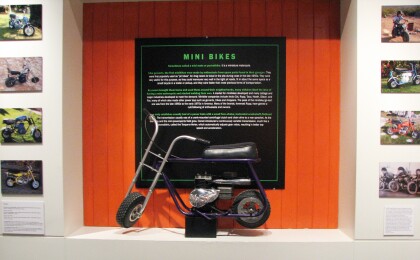
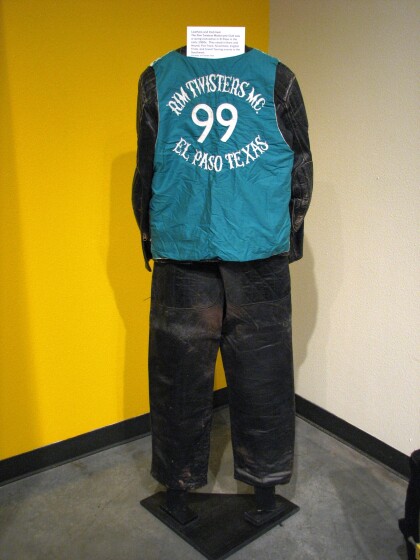
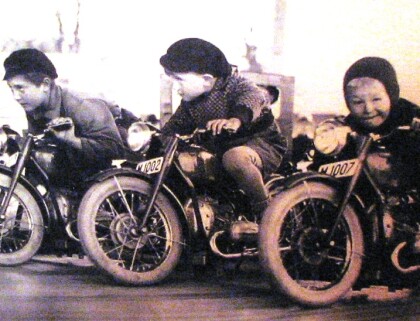
Comments
Add a comment